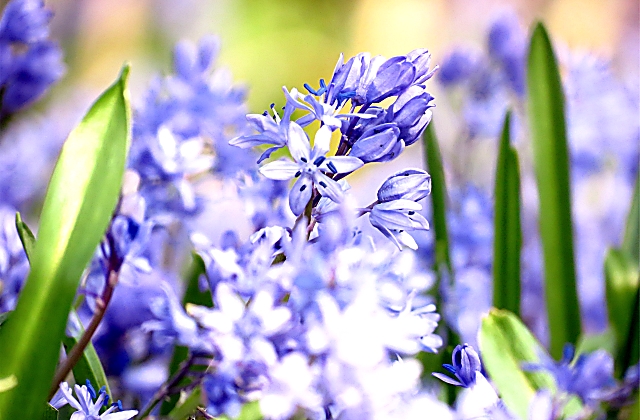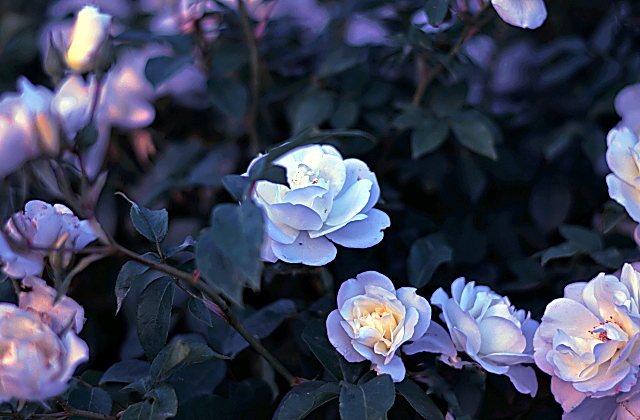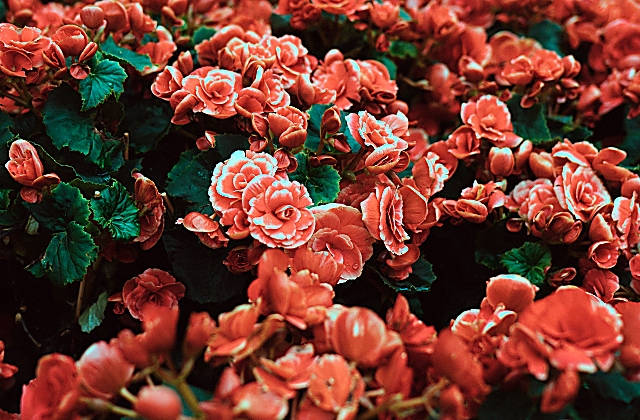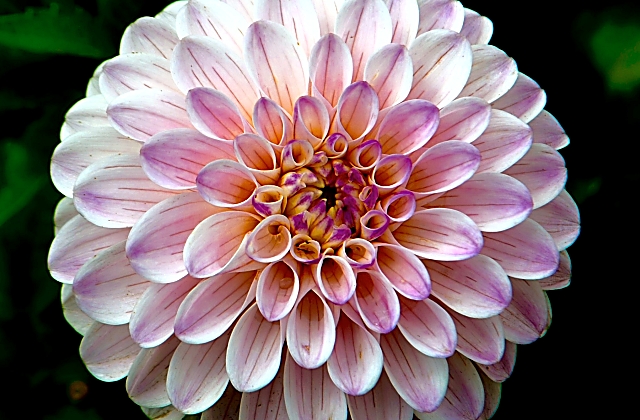How Do You Start a Flower Garden For Beginners?
A quick guide to flower gardening for beginners can be found in the flower gardening section of your local garden shop. Learn to build a beautiful flower garden with your own hands, or by visiting your local library. If you want to buy supplies from your local garden center, keep these tips in mind when buying seeds, soil mixes, containers and other supplies. Follow these simple rules and you can have beautiful gardens all year long!

Make sure the plants you choose will thrive in a full-sun site. Most flowering plants need at least 6 hours of full-Sun light each day, year-round. You should consider the color, height and foliage type of each flower before purchasing a seed package. Most perennial plants grow better in full Sun, as do annuals and perennials that can tolerate partial shade.
Flowering plants need to be watered at least once a week. Most flowers will tolerate being watered once a week. The main rule of thumb is to keep the soil damp at all times. For some flowers, it is best to water the roots first to avoid the roots from rotting. Watering and fertilizing are two separate tasks. Do one, and then do the other.

Once you have chosen your flowerings, the soil you choose should be rich with organic matter. For every square foot of space, fill a ten-pound bucket with two to three inches of compost. For every three feet of garden space, fill a fifteen-gallon bucket with about three inches of organic matter. The more compact your compost pile, the faster it will break down. Keep the compost moist at all times, but not soggy. It should not be damp in the middle. For the flower beds, spread the compost at least six inches deep, or use large bags, so that the roots have plenty of room to absorb air and nutrients.

Flower gardening requires lots of time and work. Be sure to do the proper research on the types of flowers you are planting, their flowering times and the conditions they require in their natural environment. If you are not sure about anything, ask someone who has been gardening or read up on it on the Internet or in books. Before starting your garden, plan your garden carefully, including the layout, location, amount of sun and water needed, and amount of space required. Flowering plants grow slowly, so do not try to force them out of their pot; just leave them to mature.

Good fertilization is also important and there are several different types available. Some people prefer a liquid fertilizer, others prefer soil or compost mixed with water. Compost makes a great mulch and provides an organic mulch for the roots of the flowers. Fertilizer is essential if your flowers are perennials, since they need it during their growing season. It should be added to the flower bed early in the season before the seeds are set, and after the plant starts producing flowers.